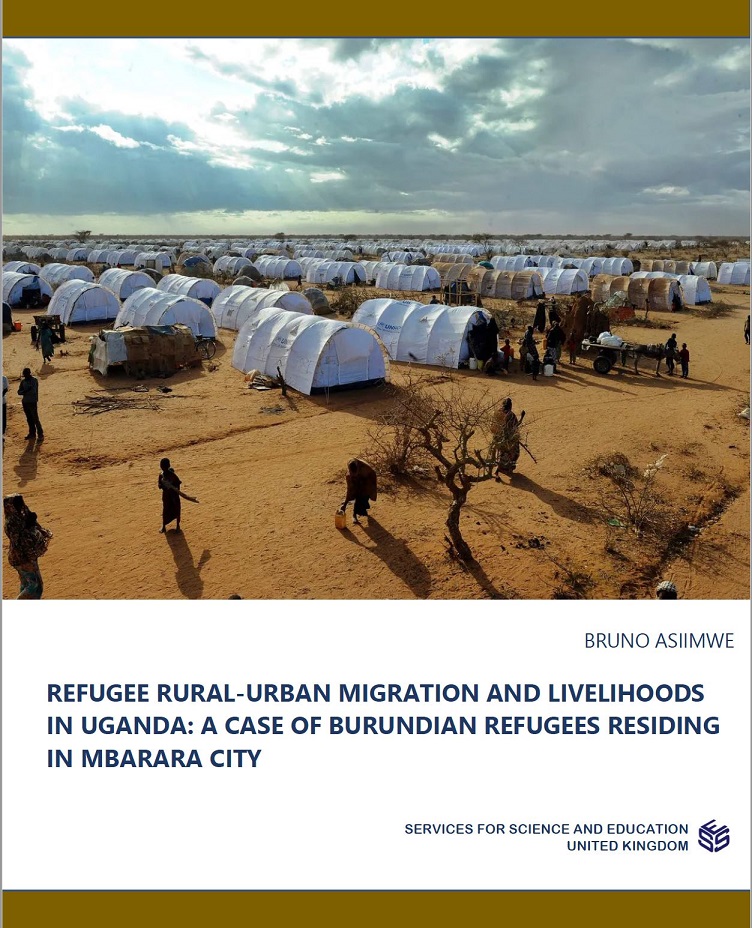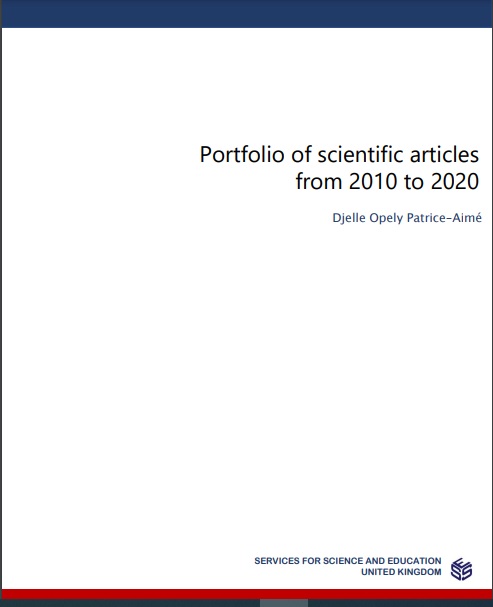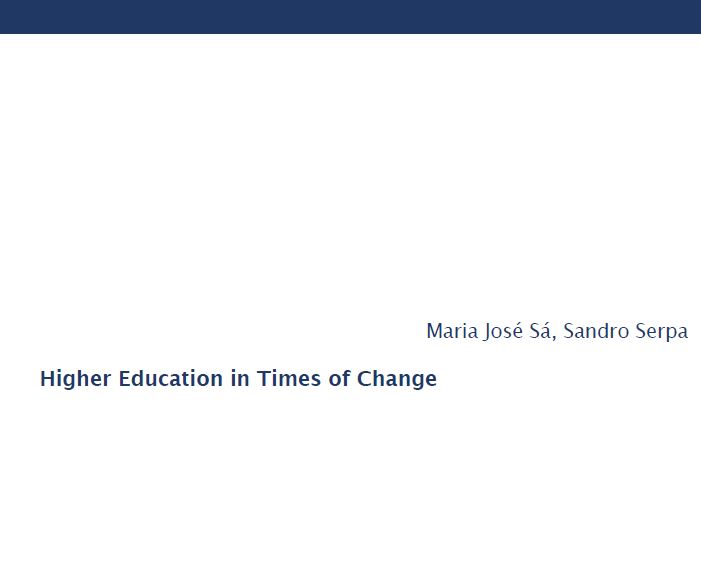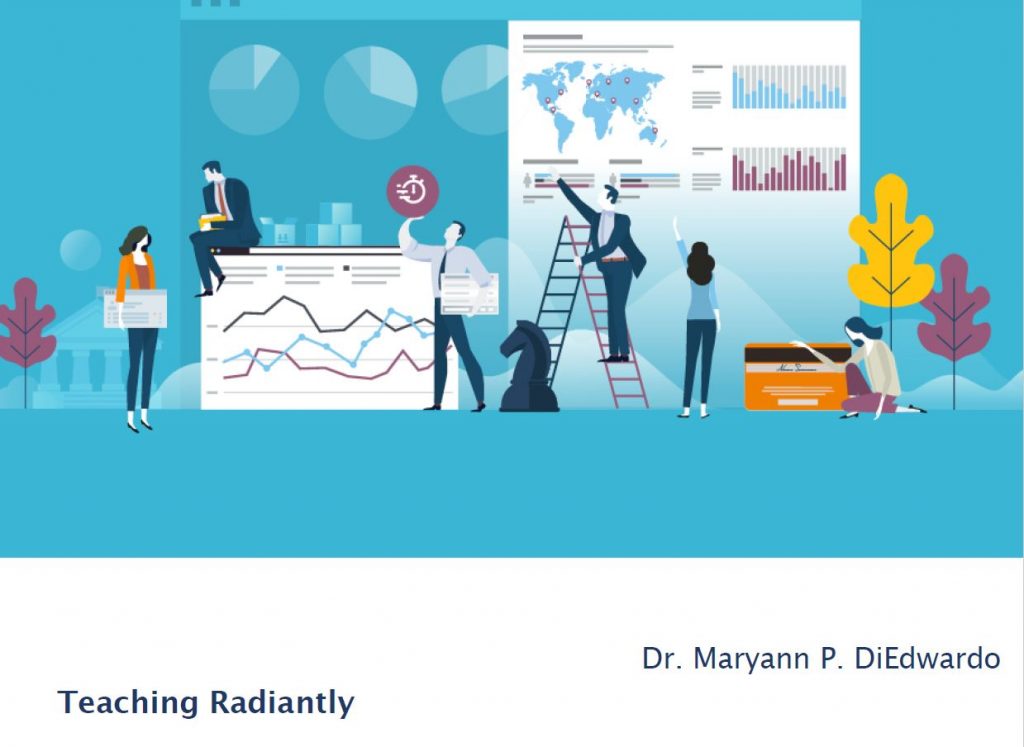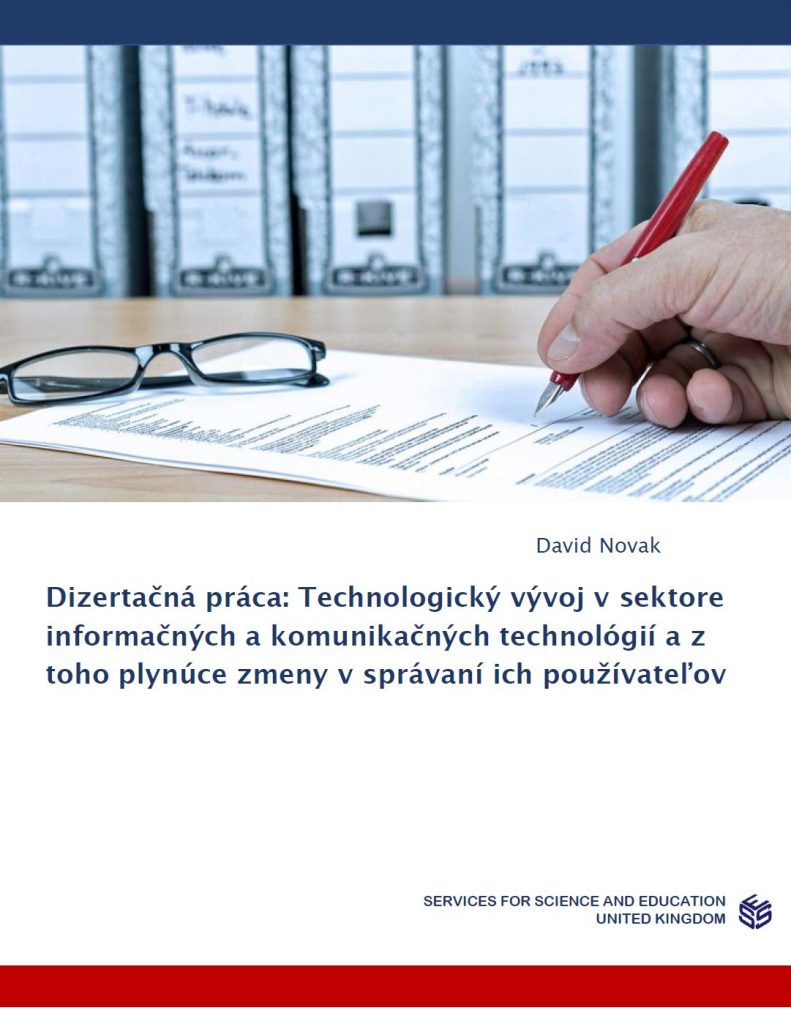A written text can communicate across time and space while speech is usually used for immediate intersections. • Written language tends to be more complex and intricate than speech with longer sentences and many subordinate clauses. The punctuation and layout of written texts also have no written equivalent. However, some forms of written language, such as instant messages and emails, are closer to spoken language. Spoken language tends to be full of repetitions, incomplete sentences, corrections, and interruptions, with the exception of formal speeches and other scripted forms of speech, such as news reports and scripts for plays and films. • Writers receive no immediate feedback from their readers, except in computer-based communication. Therefore, they cannot rely on context to clarify things. Speech is usually a dynamic interaction between two or more people. Context and shared knowledge play a major role. • Writers can make use of punctuation, headings, layout, colors, and other graphical effects in their written texts. Such things are not available in speech.. Speech can use timing, tone, volume, and timbre to address emotional context. • Written material can be read repeatedly and closely analyzed, and notes can be made on the writing surface. Only recorded speech can be used in this way. • Some grammatical constructions are only used in writing, as are some kinds of vocabulary, such as some complex chemical and legal terms. Some types of vocabulary are used only or mainly in speech. These include slang expressions, and tags like y’know, like, etc.
